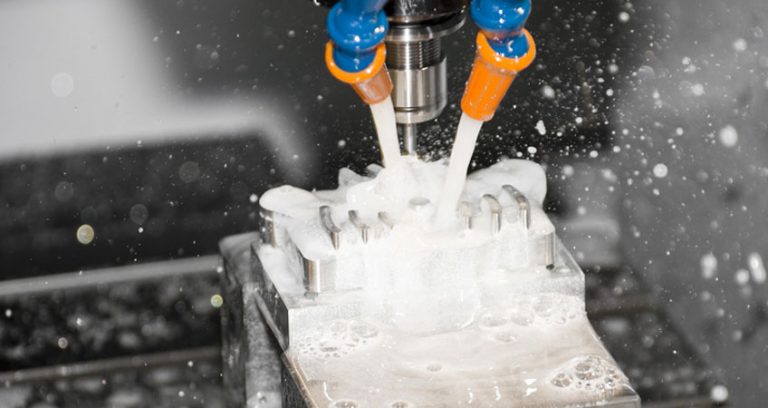Optimizing Your Inventory Accuracy
Inventory accuracy is the goal of every company. By having optimized and one hundred percent inventory accuracy, scheduling and available to promise processes will work without errors. However, there are always issues with inventory accuracy and companies have to work with the situation that they have to run their business.
What is Accuracy?
Different departments within a company view the accuracy of the inventory differently. The manufacturing department views accuracy in terms of the count. When it counts the items in the warehouse, it believes that is only accurate when the total counted equals the total expected.
The planning department have a different view on accuracy. They do not look at the accuracy to be one hundred percent, but to be within a tolerance that has been decided. So therefore, a part that is low cost may have an accuracy tolerance, which is ten percent, so if the expected count is 1000, and the tolerance is ten percent, a physical count of 930 is acceptable, and according to the planning department, it is accurate. This tolerance may be significantly reduced when considering parts that are expensive.
The tolerance for a part that costs $10,000 may only be two percent.
The accounting department have another take on what is inventory accuracy. The accountants do not look at accuracy in terms of counts, but in dollar values. The accuracy they look for is the accuracy of the dollar amount of parts in the warehouse. Therefore, if the accounting department was expecting a warehouse value of $150,000 and the value was within a few dollars, then the accountants would say that the inventory was accurate. This may not however be the case as far as physical items. Some parts may have significant shortages, while others may have some overstock.
The accounting department sees these as netting themselves out, to produce an accurate overall figure.
Accuracy Issues
In a normal warehouse, there are parts that have tolerances within which the inventory level can exist, and still be accurate. However, a warehouse manager will not know exactly which parts have an accurate count, at any given time. The same holds true for the accounting department’s method of inventory accuracy, where they are not concerned with the inventory levels, only the dollar accuracy.
Regular physical inventory counts are expensive to perform, especially in larger warehouse, and impossible to manage in fast-moving warehouses where the stock is moved quickly in and out of the facility.
Many companies have adopted a method of cycle counting to try to count some parts on a regular basis. More expensive or regular used parts are given an “A” rating, which are counted the most frequently, then the “B” materials, then the “C” materials that are counted infrequently. This helps reduce the number of inaccuracies in the warehouse.
Because “A” materials are counted on a more regular basis, the chances are that those materials will have less inaccuracies than “B” or “C” materials. When inventory accuracy is based on the number of accurate counts against inaccurate counts, then there can be some manipulation to the over accuracy, if the same materials are counted over and over. In order to reduce this effect, some companies do not inform those performing the count of the total that they are to expect. In this way, the counter will perform the count more accurately.
Many inventory inaccuracies occur before the items reach the warehouse. Receipt errors are very common; either the vendor has shipped an incorrect number or there are parts that were not delivered. Companies can increase their inventory accuracy by implementing a more rigid receipts process that will catch inaccuracies before they reach the warehouse
Employing 100% physical inventory counts and cycle counts will ensure that you can ship your customers what they want, when they want it – and spend as little money as possible getting that done.






